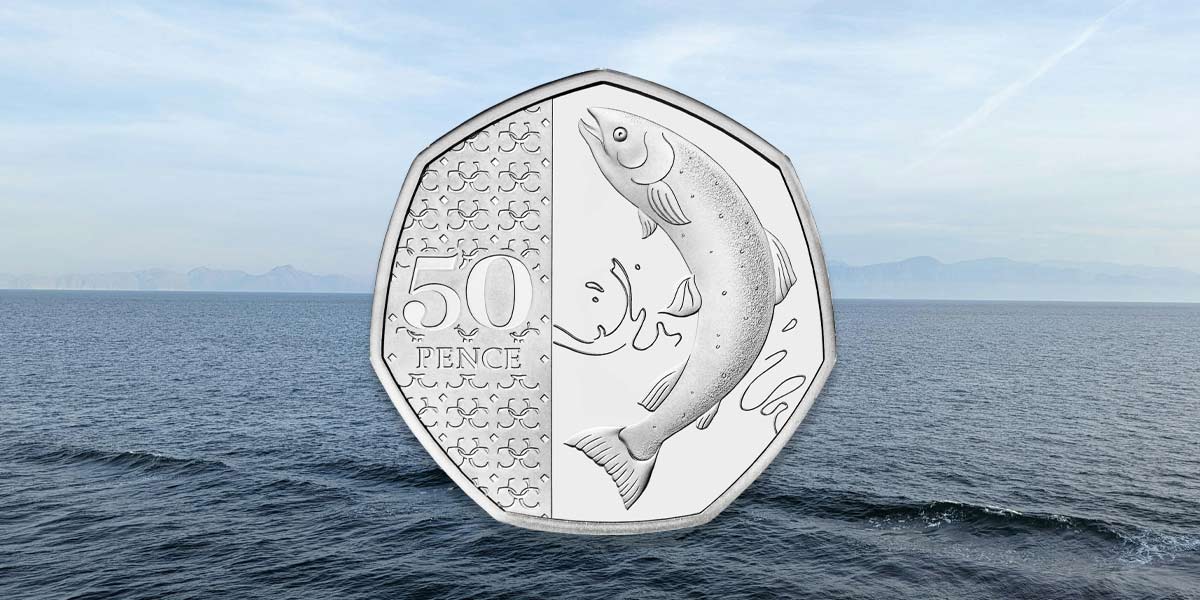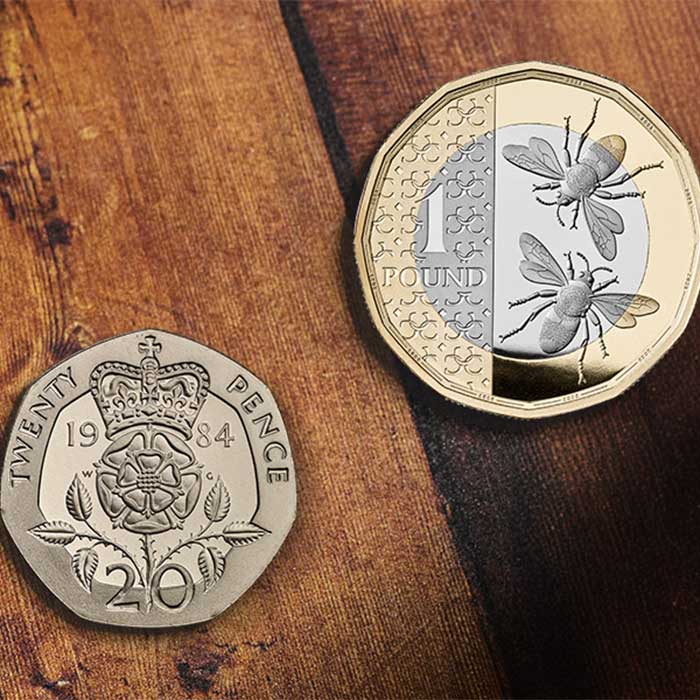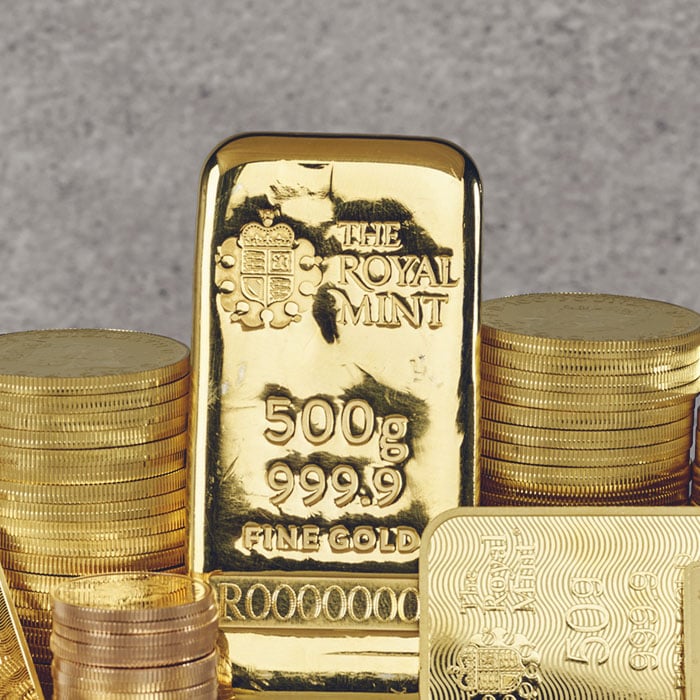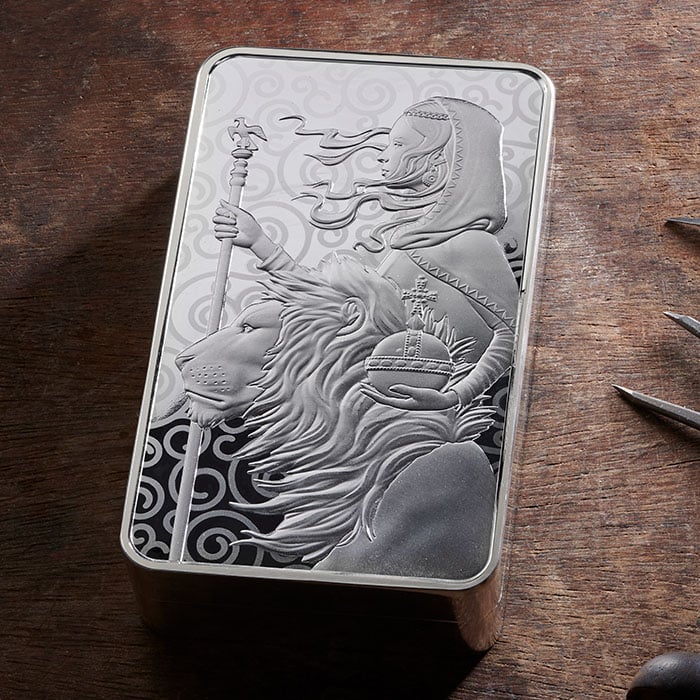
As a coin collector, one of the most exciting aspects of the hobby is coming across a rare or unique find. However, understanding the value of coins can sometimes be challenging. This article will guide you through essential tips and tricks to ensure you make informed decisions when purchasing coins on the secondary market.
Rebecca Morgan, Director of Commemorative Coin at The Royal Mint, says: There are occasionally reports of coins selling for large amounts on the secondary market, some of which seem a bit farfetched, so we want to ensure collectors have the right information and pay a fair price.
A coin is ultimately worth what the collector is willing to pay for it, but there are factors you should consider before committing to a price. This can include the condition of the coin, its design, mintage figure and what it’s made of.
“If you have a coin and are unsure about its history, rarity or authenticity we offer a range of services at The Royal Mint to help establish its likely value, and help our customers build a bespoke collection. We also have a wide range of resources on our website to help people learn more about the coins in their pockets, and coins they might inherit from family members.”
Is it a circulating coin or a commemorative design?
- First of all, it’s important to establish what type of coin it is. The coins in your pocket are called ‘circulating’ coins, and are released from The Royal Mint to banks and post offices each year. These coins typically feature a standard set of designs which make a shield when placed together, in addition special edition fifty pence pieces and two pound coins are released.
- Commemorative coins are designed predominately to be collectable items and gifts – celebrating key events, anniversaries and themes. Each coin is individually struck and inspected to ensure they are in ‘Mint Condition’ when they leave The Royal Mint. These commemorative designs are individually packaged and struck to three standards; Circulating, Brilliant Uncirculated and Proof. The Proof coins are most often struck in precious metals such as Silver and Gold.
- When buying commemorative designs on the secondary market people should check the RRP on The Royal Mint’s website, whether the item still has its original packaging, and – if it’s a proof edition – a certificate of authenticity.
What is the official mintage of the coin?
- Mintage figures for circulating coins are available to view on The Royal Mint website. The mintage is used to establish the rarity of a coin, but stating exactly how many were made per year. The lowest mintage for a Circulating coin is the 2023 Atlantic Salmon at 200,000 pieces. The 2009 50p featuring Kew Gardens is a close second, with 210,000 pieces
- If the coin has an unusually low mintage, then it might sell for higher than its face value on the secondary market. Collectors should always establish how many of the coins are in circulation before committing to a price. If in doubt consult an expert or take a look at The Royal Mint’s annually published mintage figures.
What is the design on the coin?
- The design on the coin can influence how much people are willing to pay for it. For example, a series of special 50 pence pieces were made to mark the 2012 Olympics, and during any future Olympic or Paralympic Games there might be a resurgence in popularity as people look back on the event.
- Coins that commemorate anniversaries and key themes can hold special significance and relevance – and collectors are willing to pay more for them. Over recent years The Royal Mint has created coins to mark Beatrix Potter, The Representation of The People Act, and ‘Brexit’ amongst other things.
What is the condition of the coin?
- The condition of a coin is measured in relation to how much wear and tear it has suffered over the years. The closer to ‘Mint Condition’ (the condition it was in when it came off the production line at The Royal Mint) the higher value it could be.
- People might also see coins referred to in terms of their grade such as Fine, Very Fine, Extremely Fine and Uncirculated.
Is it a pre-decimal coin?
- Decimalisation took place in 1971 and introduced the coinage we know today. Prior to this, British coinage comprised various different denominations. The most recent used were: the sovereign, crown, half-crown, florin, sixpence, shilling, threepence, penny, half-penny and farthing. There are yet more unusual pre-decimal denominations some of which date back hundreds of years.
- People who inherit or want to build a collection of pre-decimal coins may sometimes struggle to pinpoint the mintage or condition of the coin online, and it is wise to consult an expert. The Royal Mint offers a valuation service from as little as £20, and helps collectors identify and purchase rare historic coins. It also offers a range of information about pre-decimal coins on its website to help establish their history and significance.
Where are you sourcing the coin from?
- Collectors should always be mindful of where they are sourcing a coin on the secondary market. On rare occasions, collectors may encounter coins listed by sellers which can sometimes be over inflated in price, include inaccurate information or in extreme cases be counterfeits.
- Prior to purchasing any coin on the secondary market, collectors should always do their research. If in doubt, always approach a coin expert who will be able to guide you to making the right decision.
For more information visit: Royal Mint Collector Services
Be Inspired

UK's Circulating Coin Mintage Figures
Discover Mintages
Caring for Gold at Home
Learn More
Storing Silver and Platinum at Home
Learn More